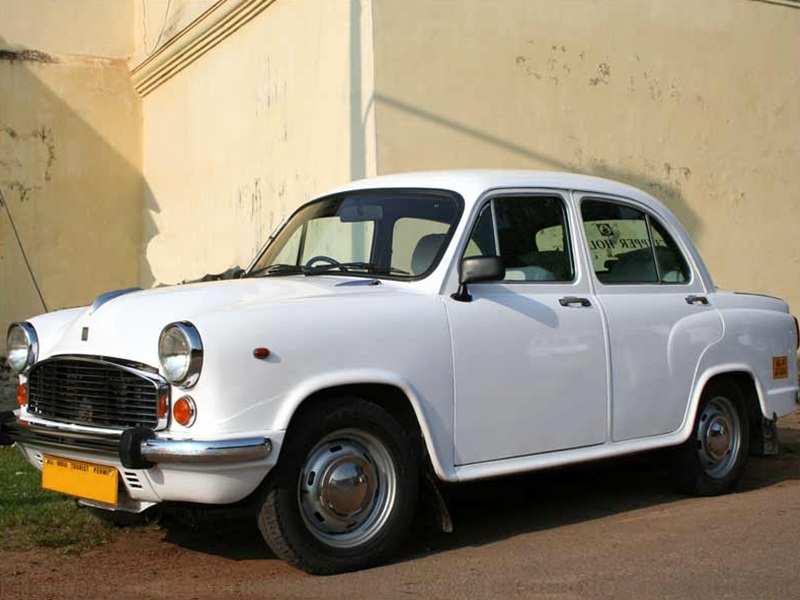
Just when the wind of change was sweeping across India and Narendra Damodardas Modi-led
It was a day that would go down in the history of modern India. The iconic
But the decision to stop production was taken after the abysmal drop in sales figures of
The only breather is a statement from Hindustan Motors that says: Production closed until further notice. Does it signify chances of resurrection? That just might be the case – at least those who want to cling to some ray of hope believe so. Most of the fans believe that the beautiful, bountiful Ambassador will be back on the Indian roads again.
As we all know, a car signifies mobility and class. But in the case of Ambassador, it was not a mere vehicle that carried people from point A to point B. In those early days, when India was just waking up to the fact that it was a free state and scales of hierarchy had to be created from the starting point onwards, the Ambassador played a very significant role in fixing that scale.
In fact, Ambassador spoke the language of metaphors. It signified ego, power, money, class, close-knit families and much more. It was the tugging string that still linked us to
At a time when branding was never done by hired agencies, Ambassador stood for majesty and elegance. When on the move, it could easily attract a glance of appreciation from all and sundry and ruled the Indian roads for nearly three decades till it was done in by a low-cost hatchback. The Ambassador began to lose its sheen from the 1980s when
The Ambassador manufacturers had failed to see the fast-changing consumer map pervading the entire country. We no longer had cities with large joint families.
Image: Wikipedia
